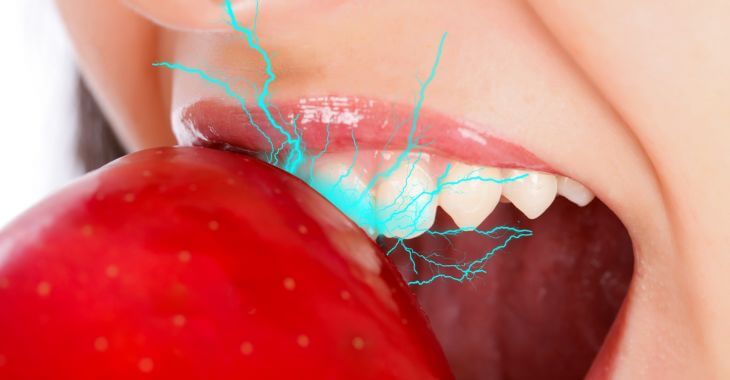Is Dry Socket Dangerous?

Dry socket is a condition that can occur after a tooth extraction. It is when the blood clot that forms in the socket where the tooth was removed becomes dislodged or dissolves before the socket has a chance to heal properly. This condition is common, but is dry socket dangerous?
Symptoms and Causes of Dry Socket
When you undergo a tooth extraction procedure, your dental team will give you instructions to follow during recovery. Many of these instructions are designed to avoid dry socket, which can delay healing and may cause complications. Ways to avoid dry socket include:
- Following proper oral hygiene – brushing and flossing – before and after an extraction
- Do not use a straw to drink beverages for a few days after your extraction
- Avoid chewing near the extraction site
- Rinse with warm salt water to help prevent infection and reduce inflammation
- Follow your dentist’s recovery instructions, including getting rest after your procedure
Even when you follow all your dentist’s instructions to the letter, dry socket can still occur. Certain medications, oral health problems and other health conditions can make you more likely to have dry socket, especially after larger teeth like wisdom teeth are removed.
If you see a dry socket image, it may show fragments of bone, and the tissue may have a whitish color, compared to a solid red clot covering the empty socket. Some of the symptoms of dry socket include:
- Bad breath or mouth odor
- Pain returning a few days after your extraction
- Radiating or throbbing pain on the same side of your face
Dry socket most often occurs with wisdom tooth extractions as they are larger sockets and often more traumatic to remove.
While dry socket is not dangerous in and of itself, it can be a sign of other problems. It may be a sign that you have poor oral hygiene or gum disease. These conditions can increase your risk of developing infections and other complications, so it’s important to address them as soon as possible.
What Happens When You Have Dry Socket?
When dry socket occurs, the healing process is interrupted, and it removes the protective clot from the empty tooth socket. This leaves the bone and nerves in the socket exposed, causing severe pain. Dry socket is not dangerous in and of itself, but it can lead to complications if left untreated, including:
- The exposed bone and nerves can become infected, which can cause more pain and delay the healing process.
- In severe cases, the infection can spread to other parts of the body, leading to more serious health problems.
- Discomfort from the extraction can last longer than usual.
In most cases, dry socket does not cause health problems, but it still should be a concern and a complication you want to avoid. If you have dry socket, you should have it inspected and follow your dentist’s advice to avoid complications.
Will Dry Socket Heal on Its Own?
In most cases, dry socket will heal on its own with proper treatment. However, the healing process can take several weeks, and you may experience some discomfort during this time. While it may heal on its own without treatment, you should still have it examined by your dentist.
If you suspect that you have dry socket, it’s important to contact your dentist as soon as possible. They may want to clean the socket and apply a medicated dressing to help alleviate your pain and promote healing. They may also prescribe medication to help manage your symptoms and prevent infection.
If you are experiencing pain or discomfort after a tooth extraction, it’s important to contact your dentist or oral surgeon right away. They can evaluate your symptoms and determine whether you have dry socket or another problem that needs to be addressed.
Reducing the Symptoms of Dry Socket
Will dry socket heal on its own? Usually it will, but it can be uncomfortable for quite some time. In addition to seeking treatment from your dentist, there are several things you can do at home to help manage your symptoms and promote healing. These include:
- Avoiding smoking or using tobacco products, as they can delay healing and increase your risk of developing dry socket
- Avoiding hot or spicy foods, as they can irritate the socket and cause more pain
- Rinsing your mouth gently with warm salt water to help reduce inflammation and promote healing – you can do this multiple times a day
- Using over-the-counter pain medications, such as ibuprofen or acetaminophen, as directed by your dentist or doctor
- Carefully brush and floss to keep bacteria away from your open socket

By following these tips and seeking prompt treatment from your dentist, you can help manage your symptoms and promote healing after tooth extractions. While dry socket can be uncomfortable and inconvenient, it is usually not dangerous as long as it is treated promptly and properly.
The information provided on this website, including text, graphics, images, and other materials, is intended solely for informational purposes and should not be used as a substitute for professional medical advice, diagnosis, or treatment.




)